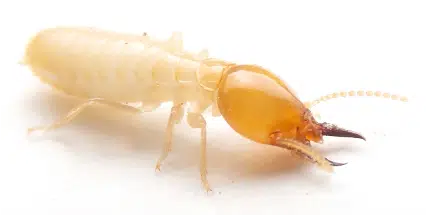
Subterranean termites are some of the most destructive pests in Sri Lanka, silently munching away at wooden structures.
Subterranean Termite Species in Sri Lanka:
Several species of subterranean termites are found in Sri Lanka, with some of the most common being:
The specific species present can affect the best control methods. A professional pest control company can help identify the species and recommend the most effective treatment plan.

With over 50 years of trusted service, we bring expert pest management islandwide.
© All Copyright 2024 by Ceylon Pest Control | Developed By Ladder Global